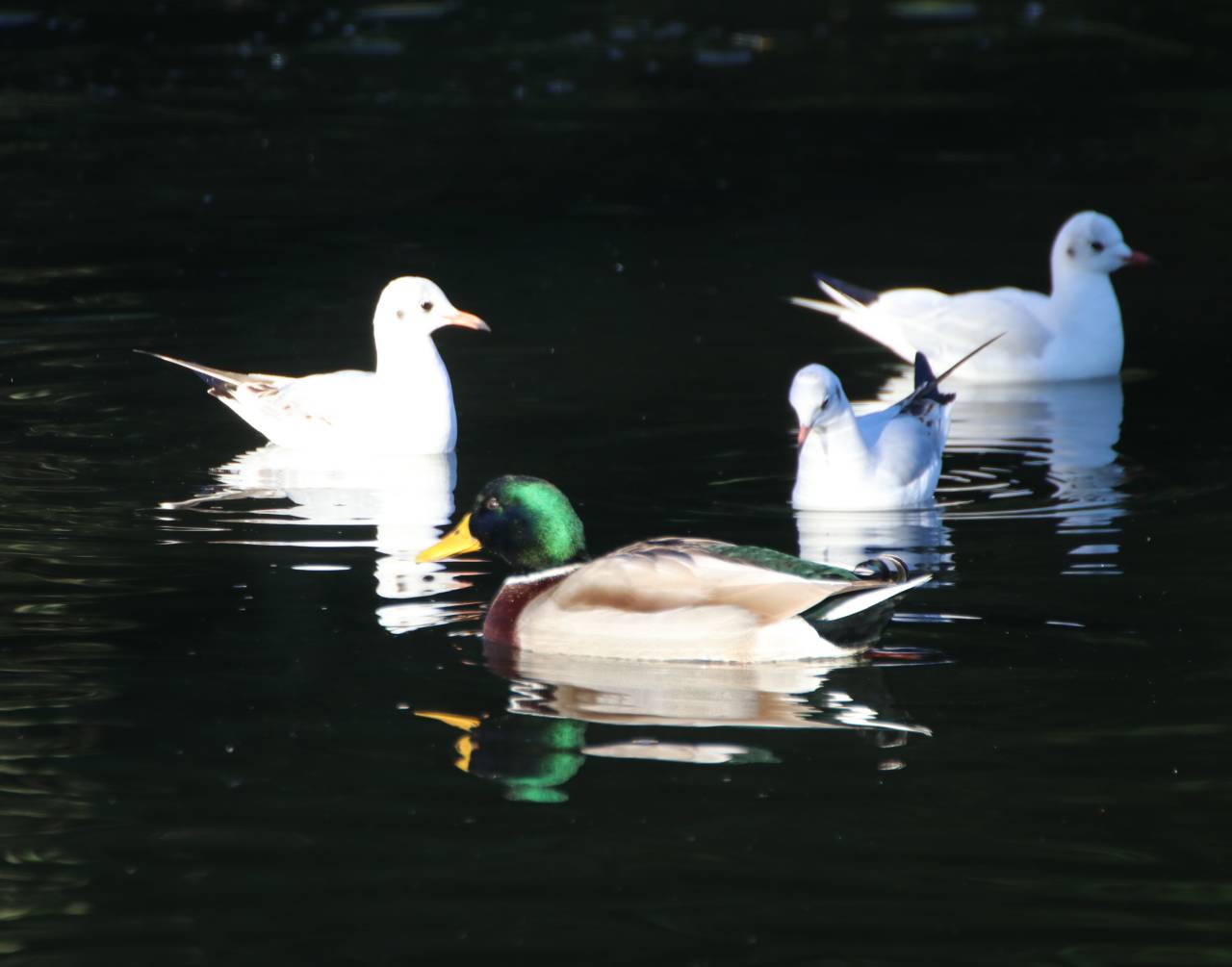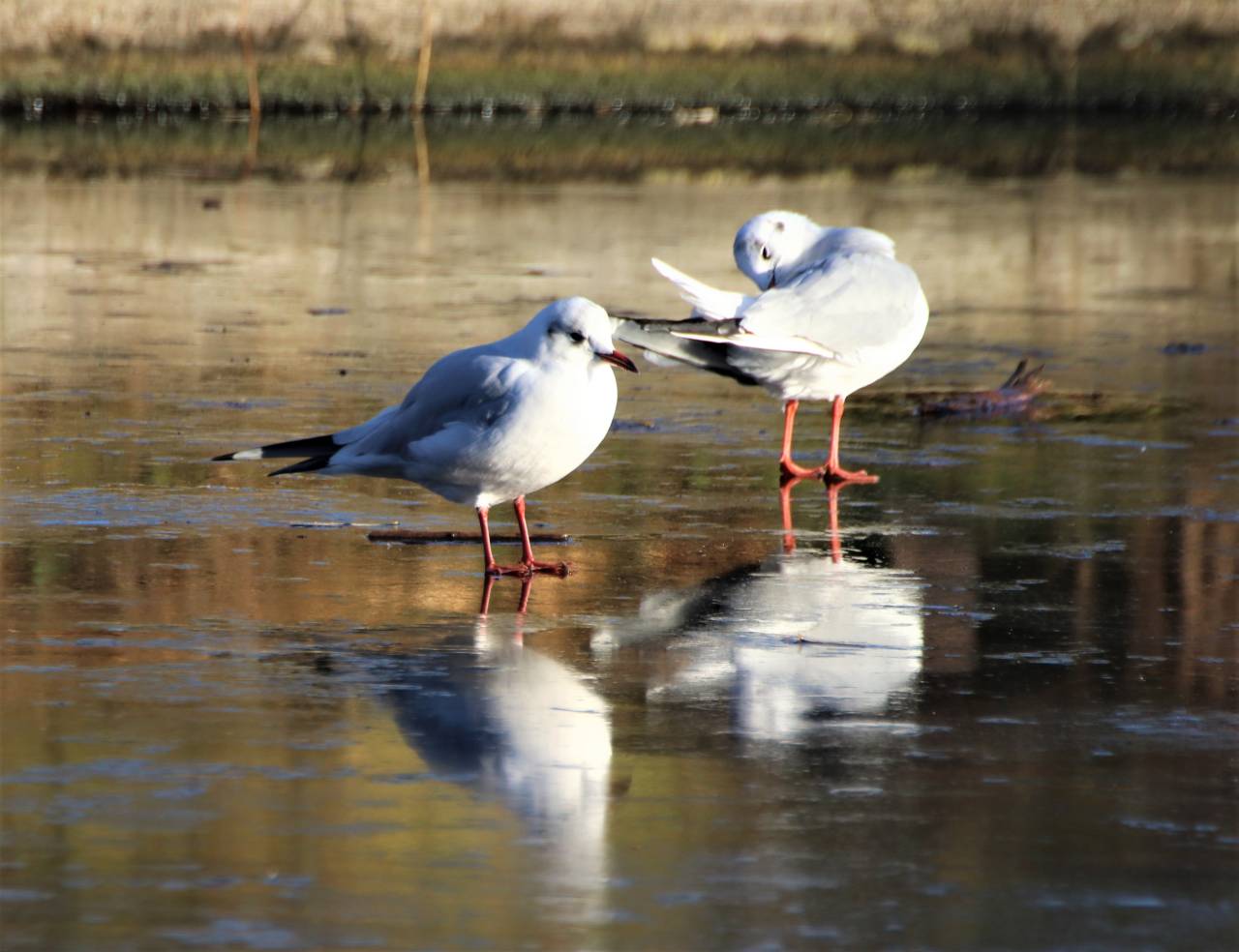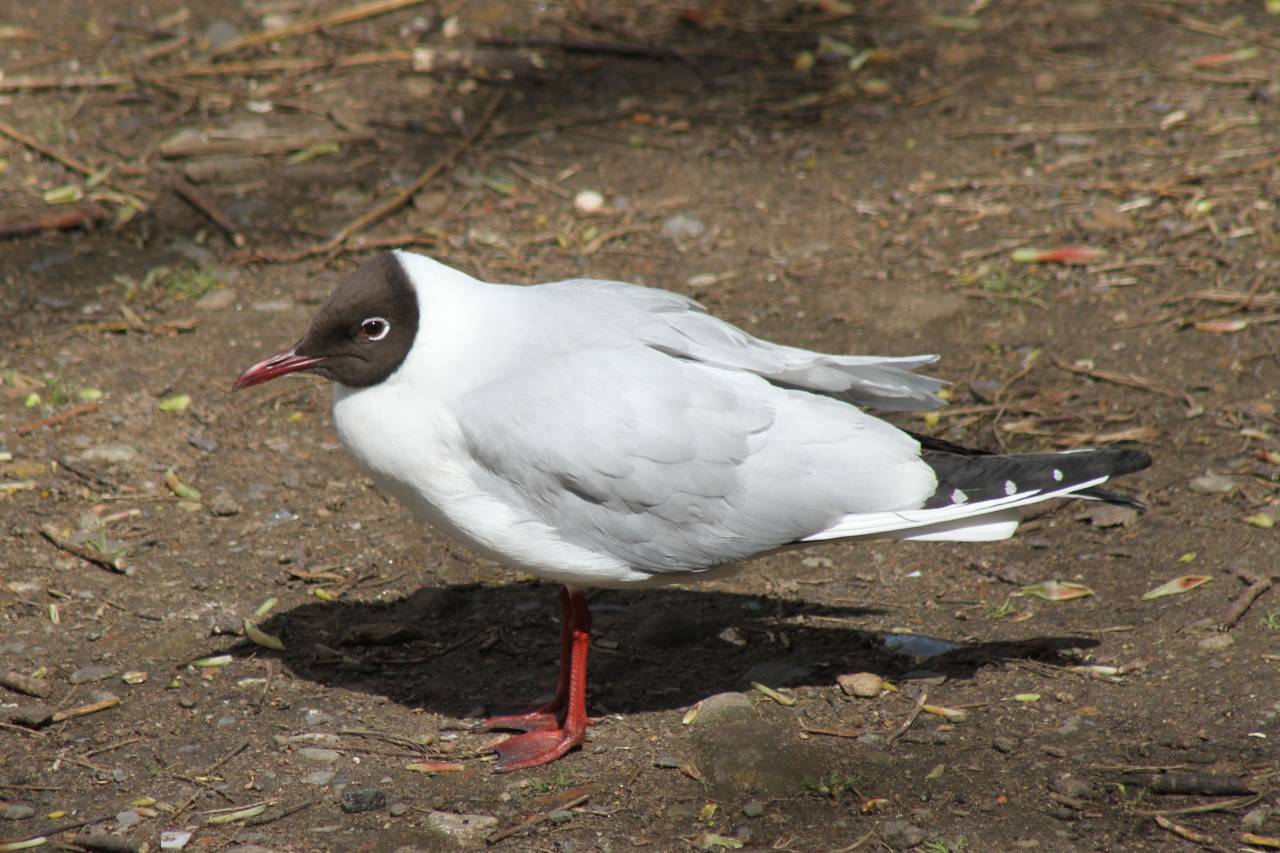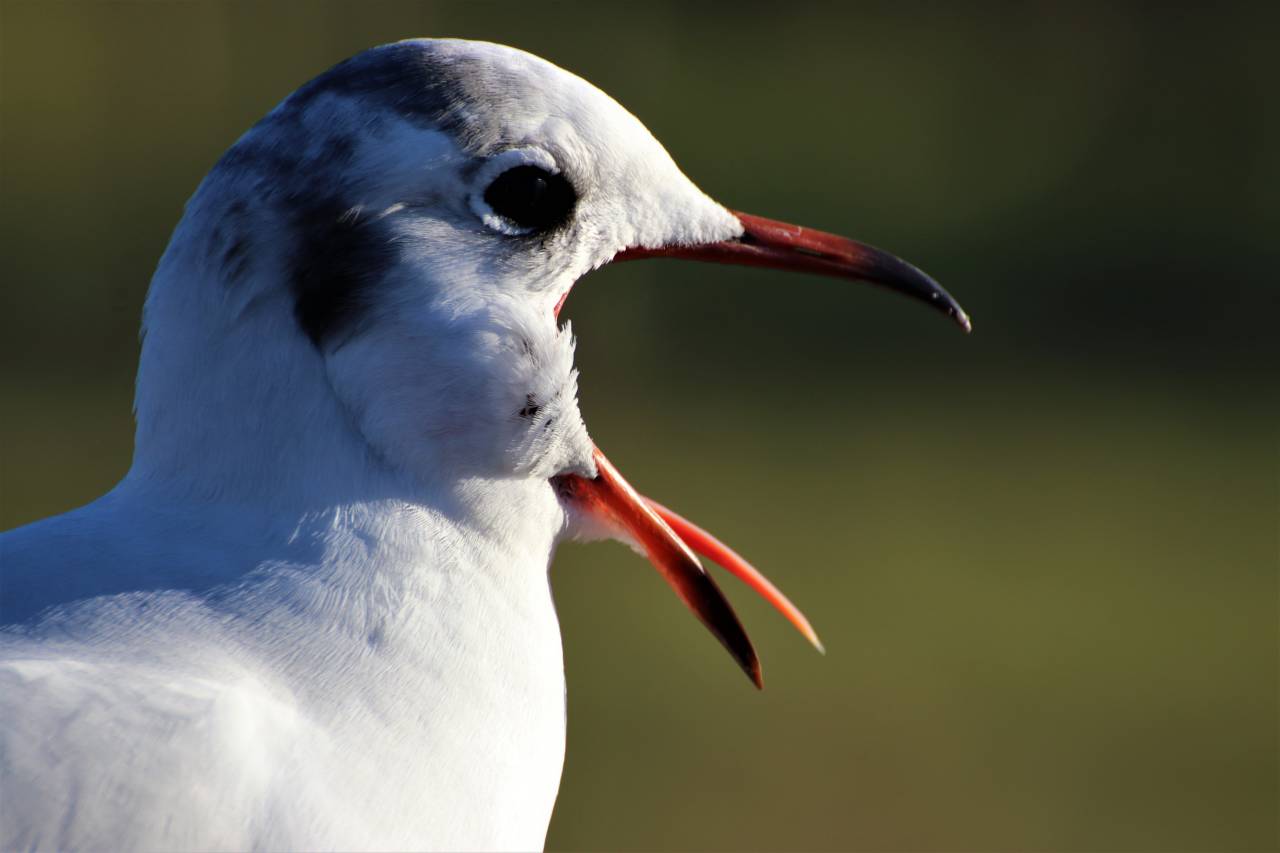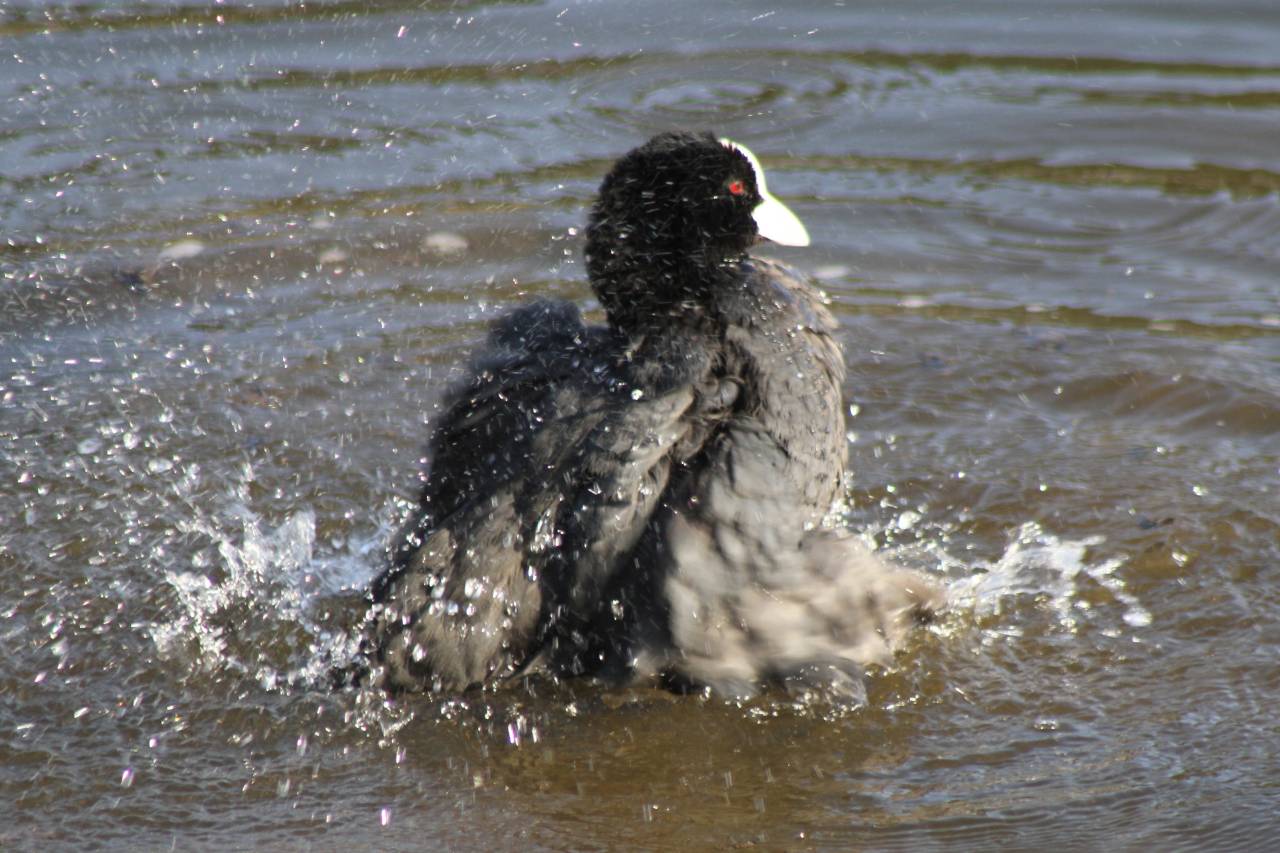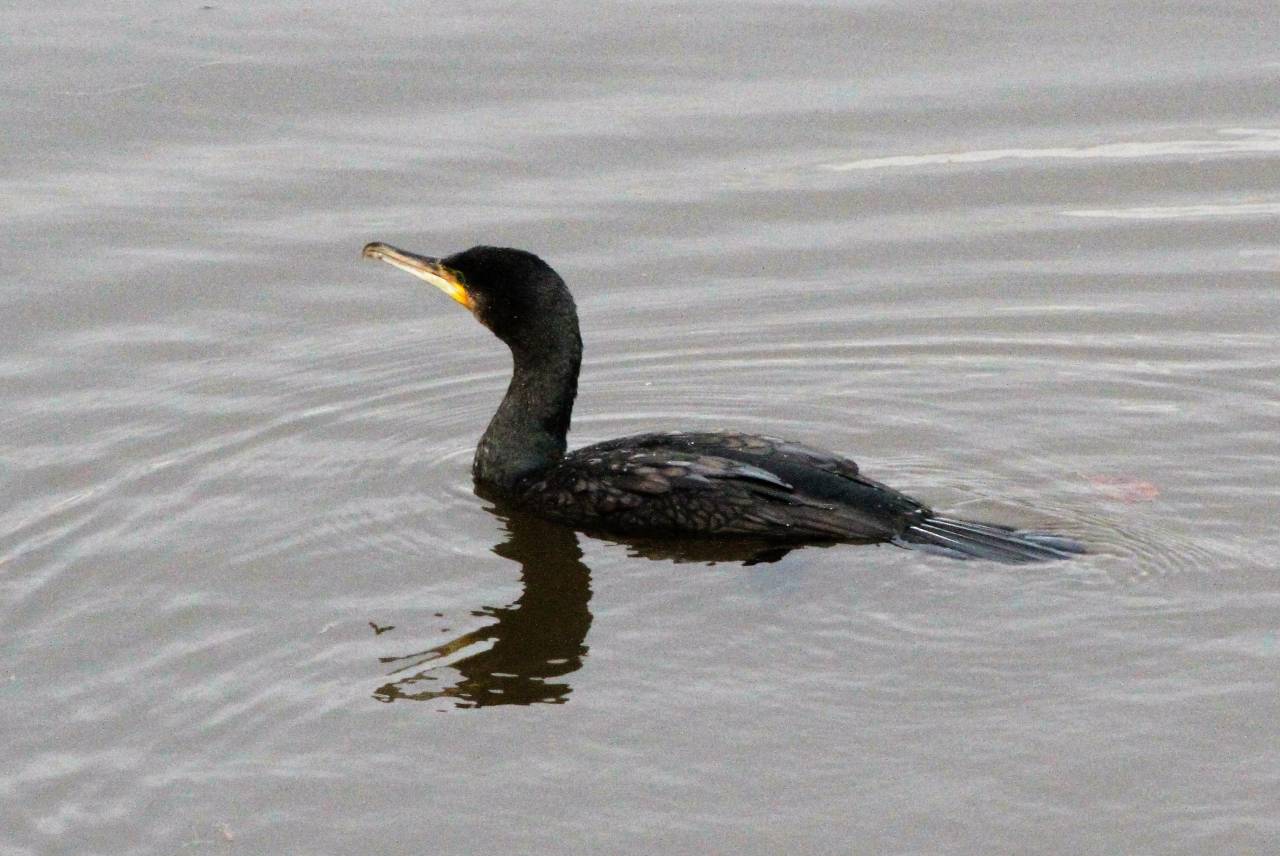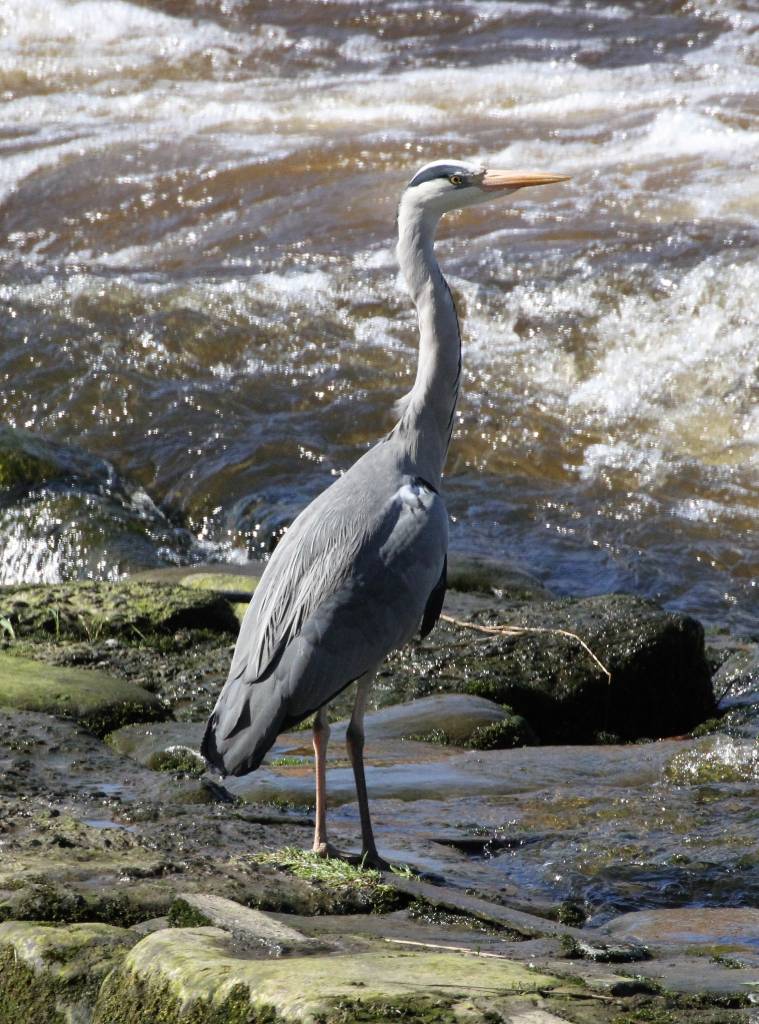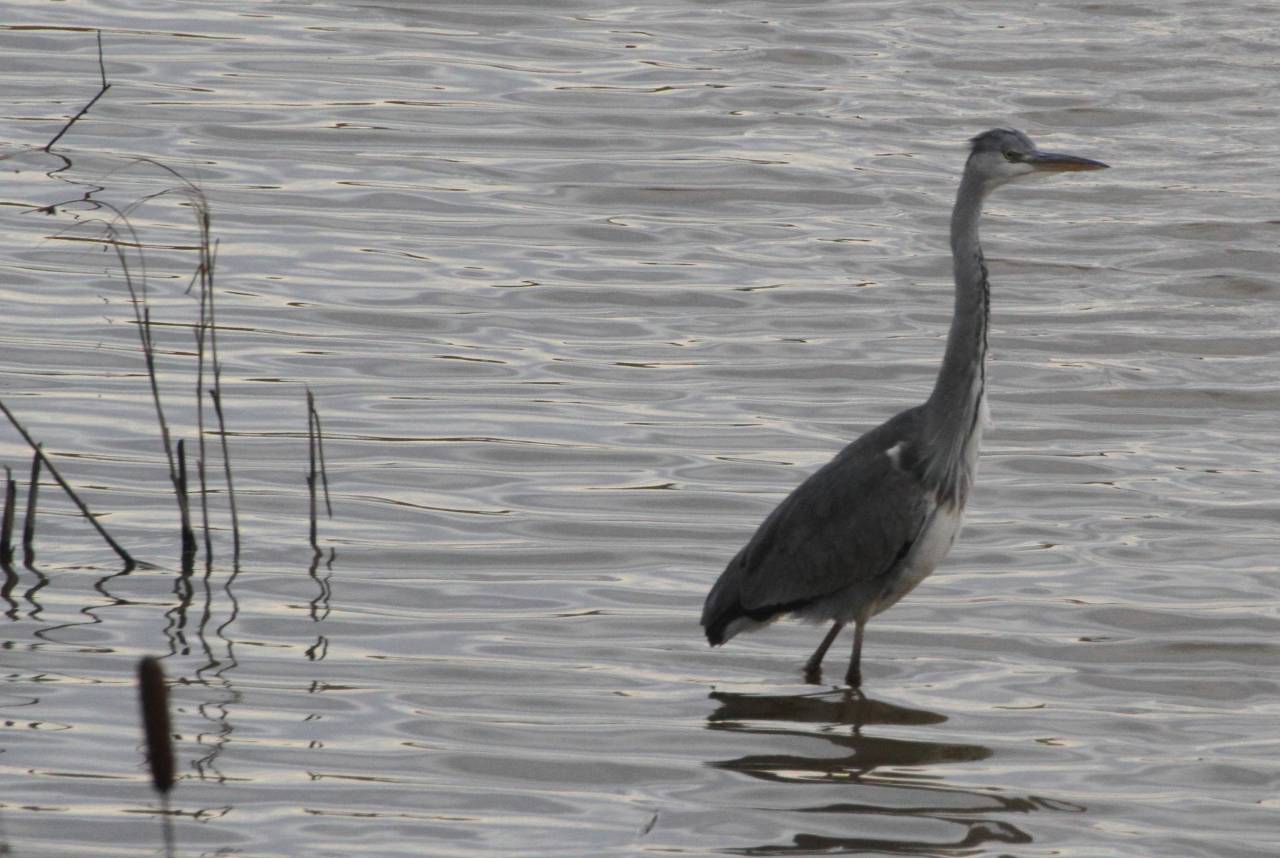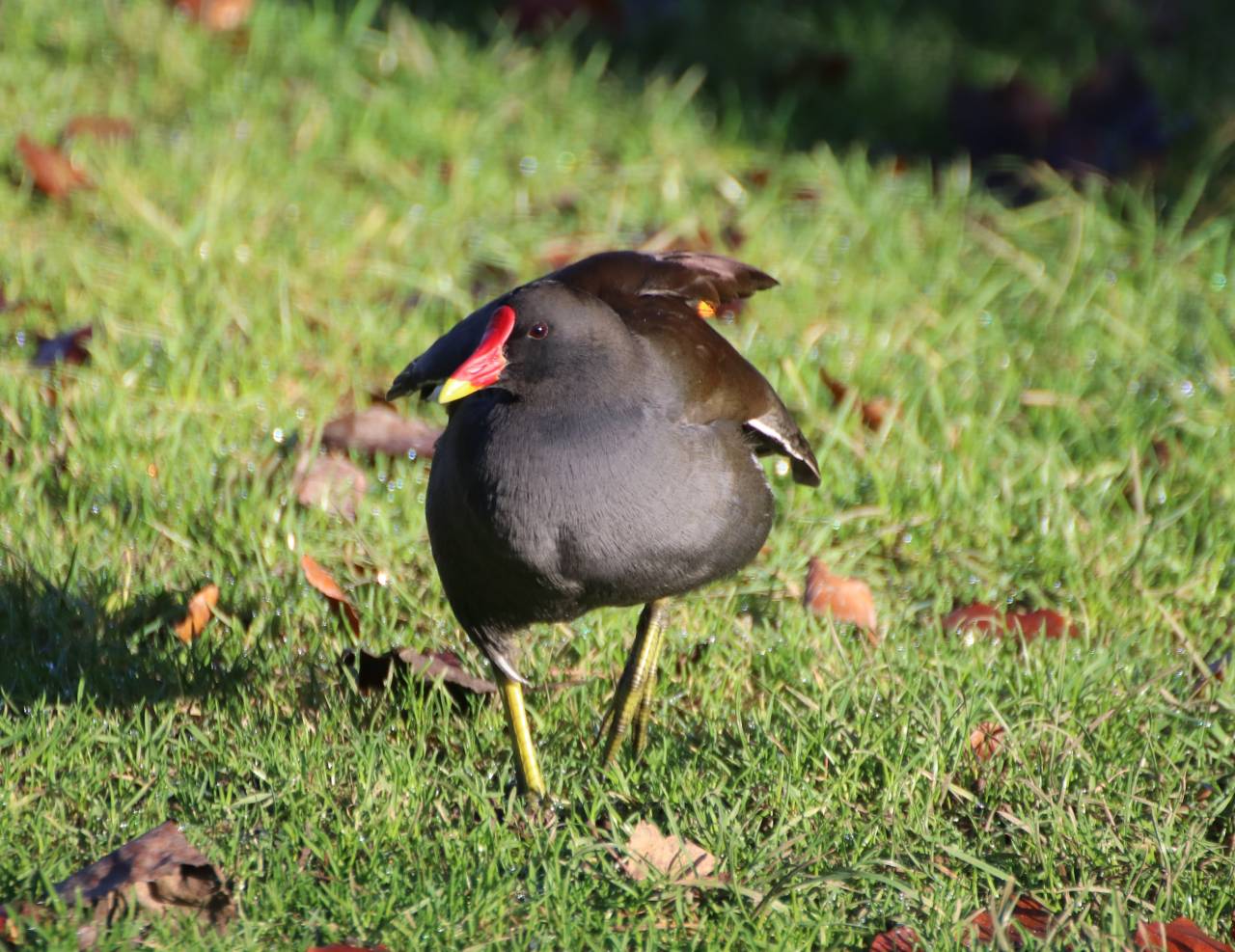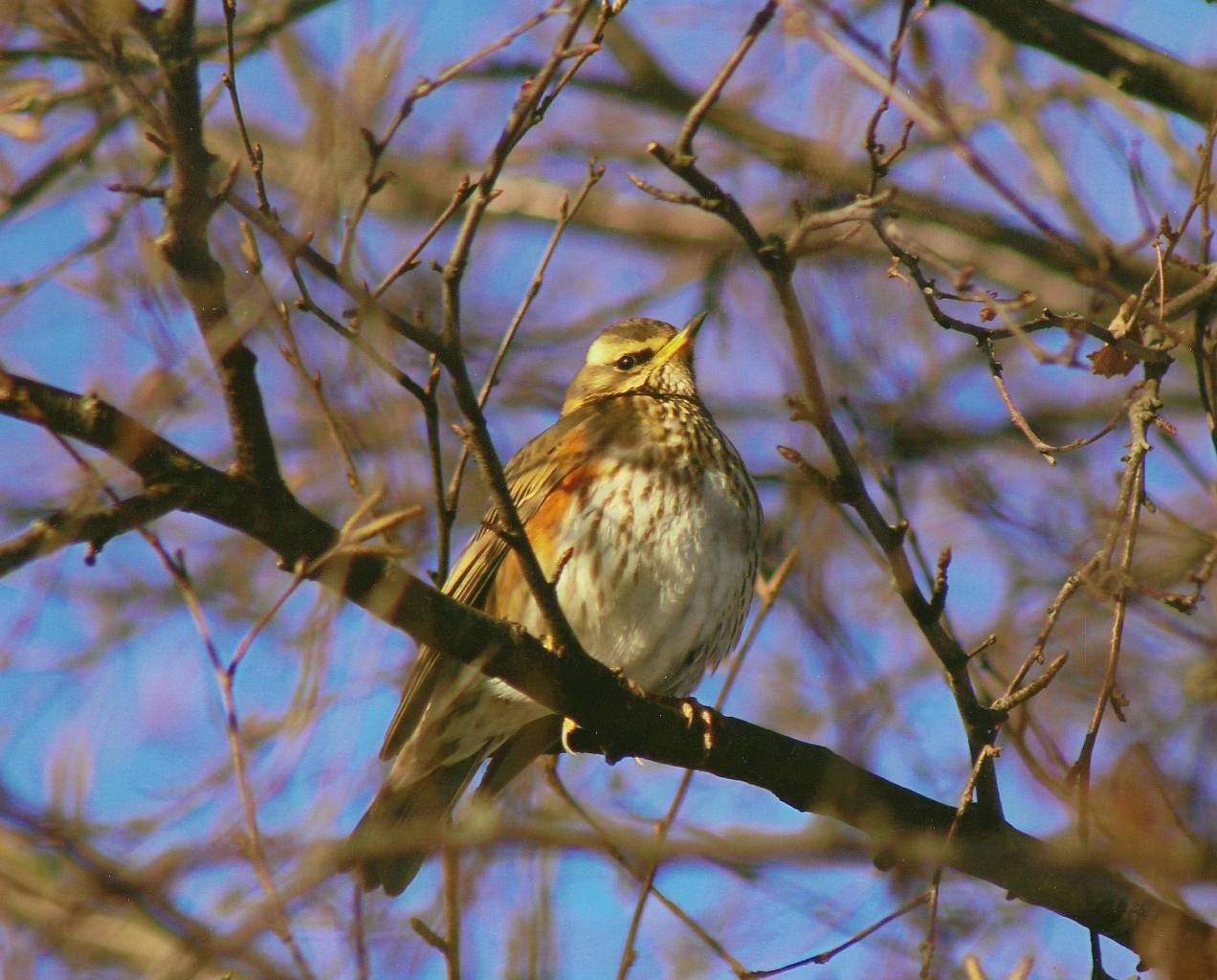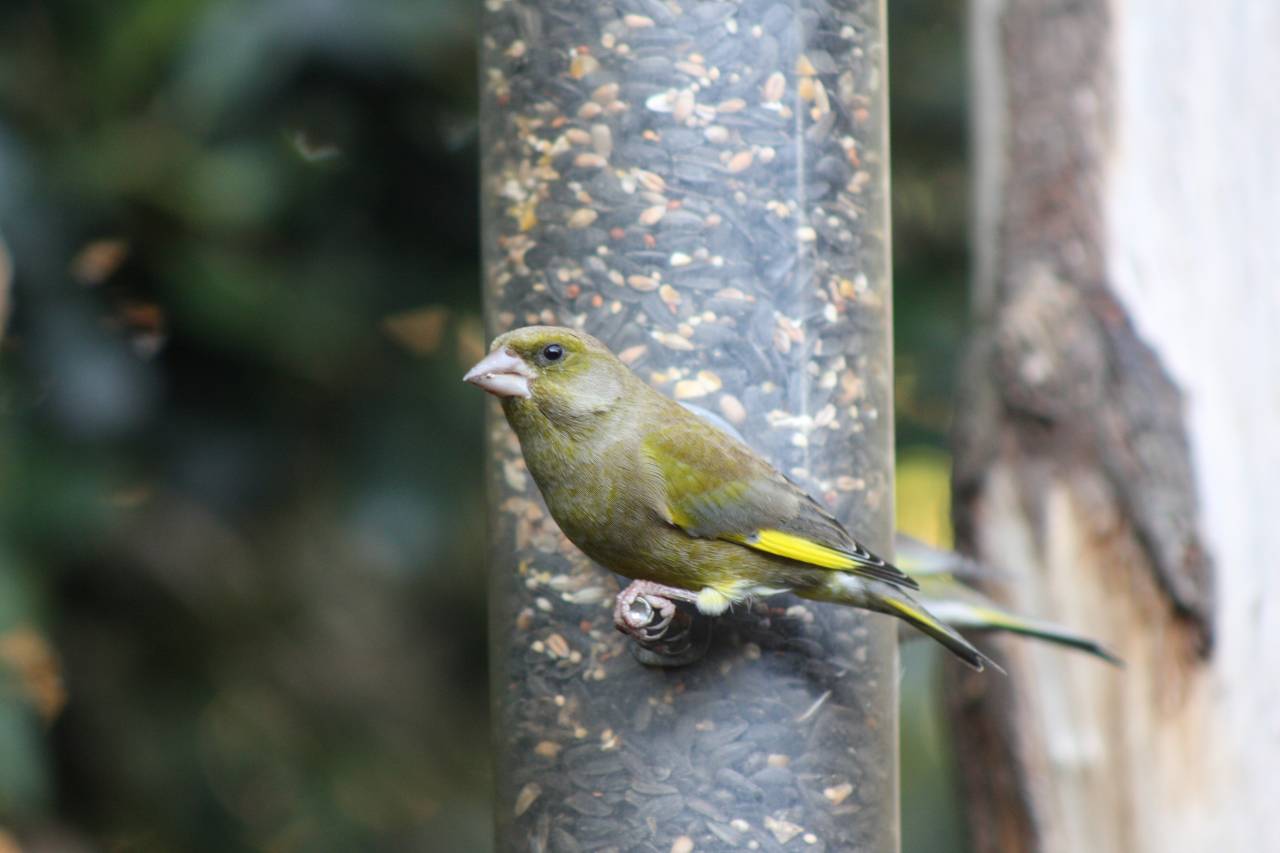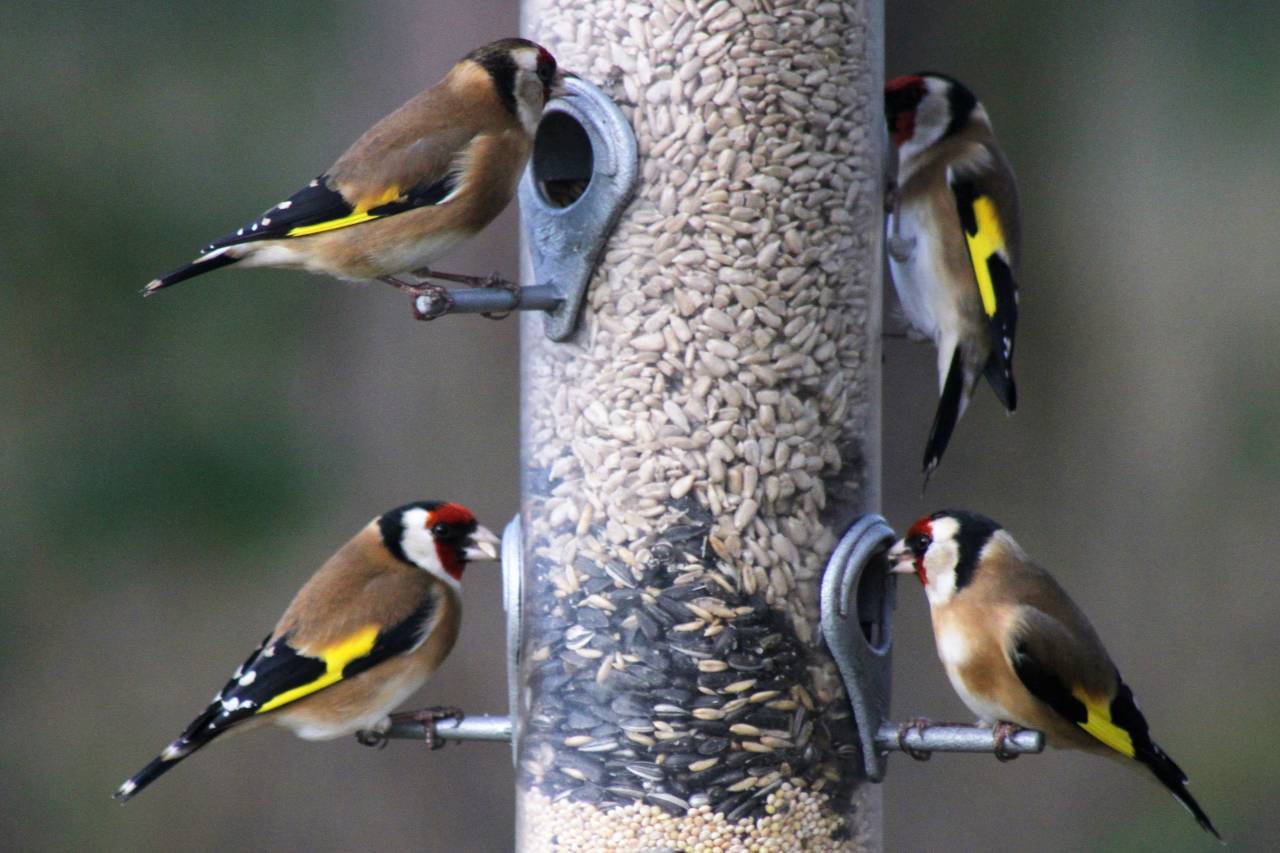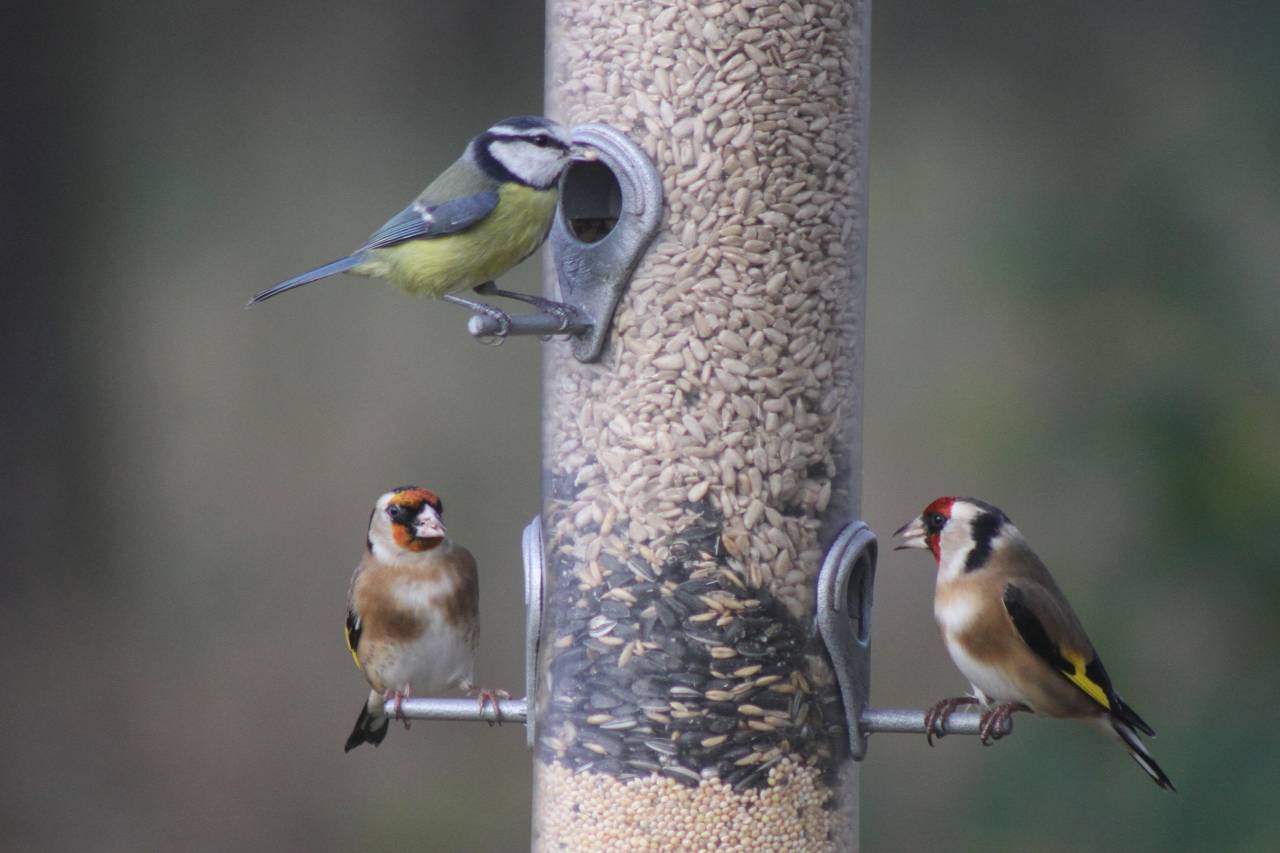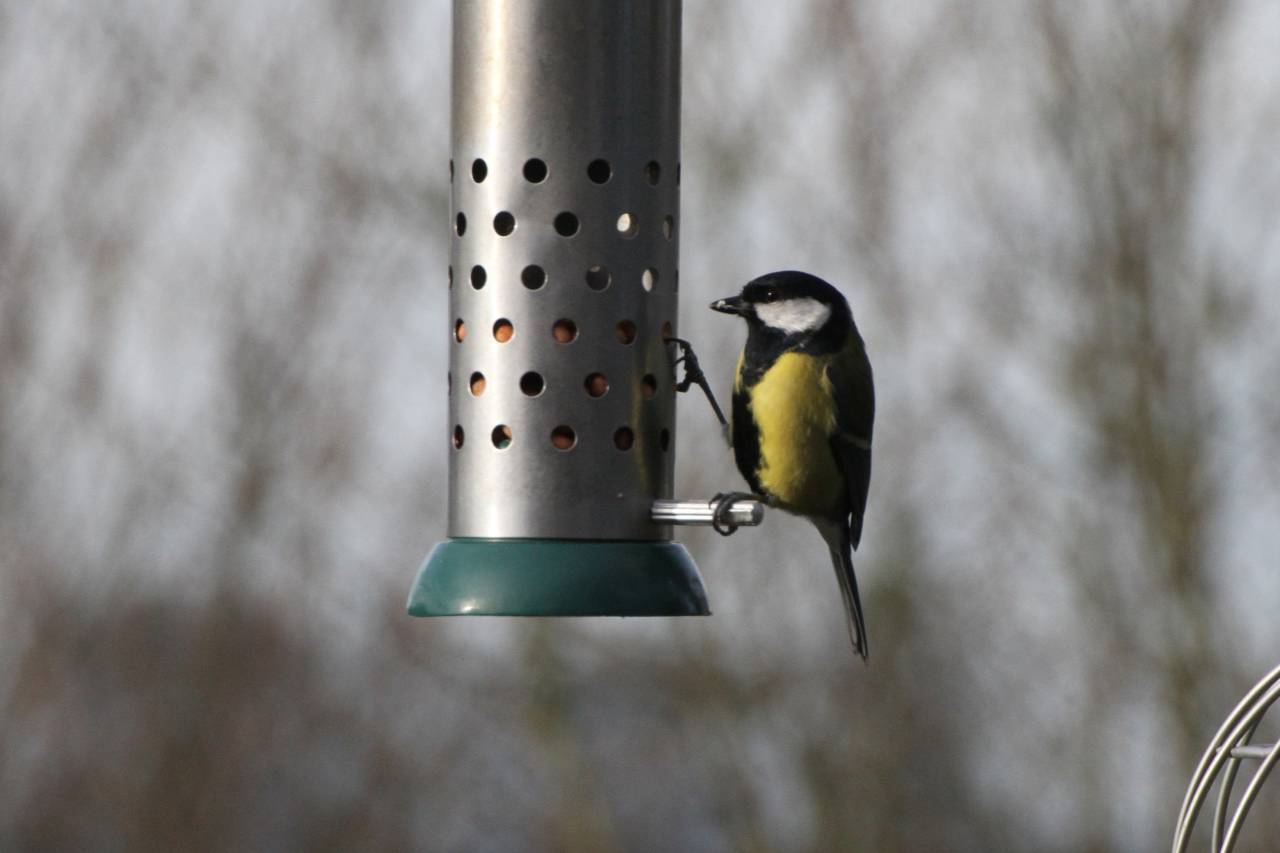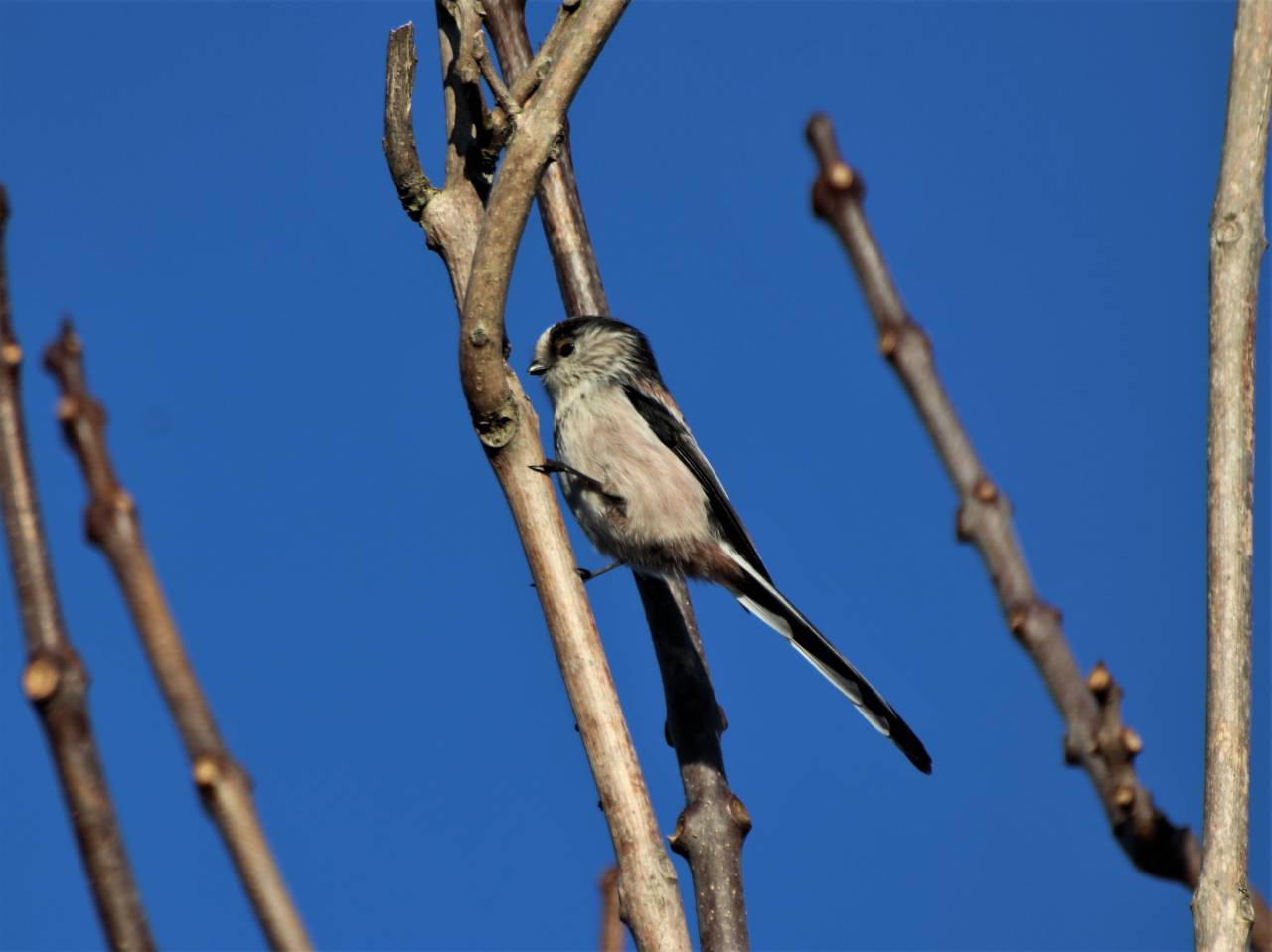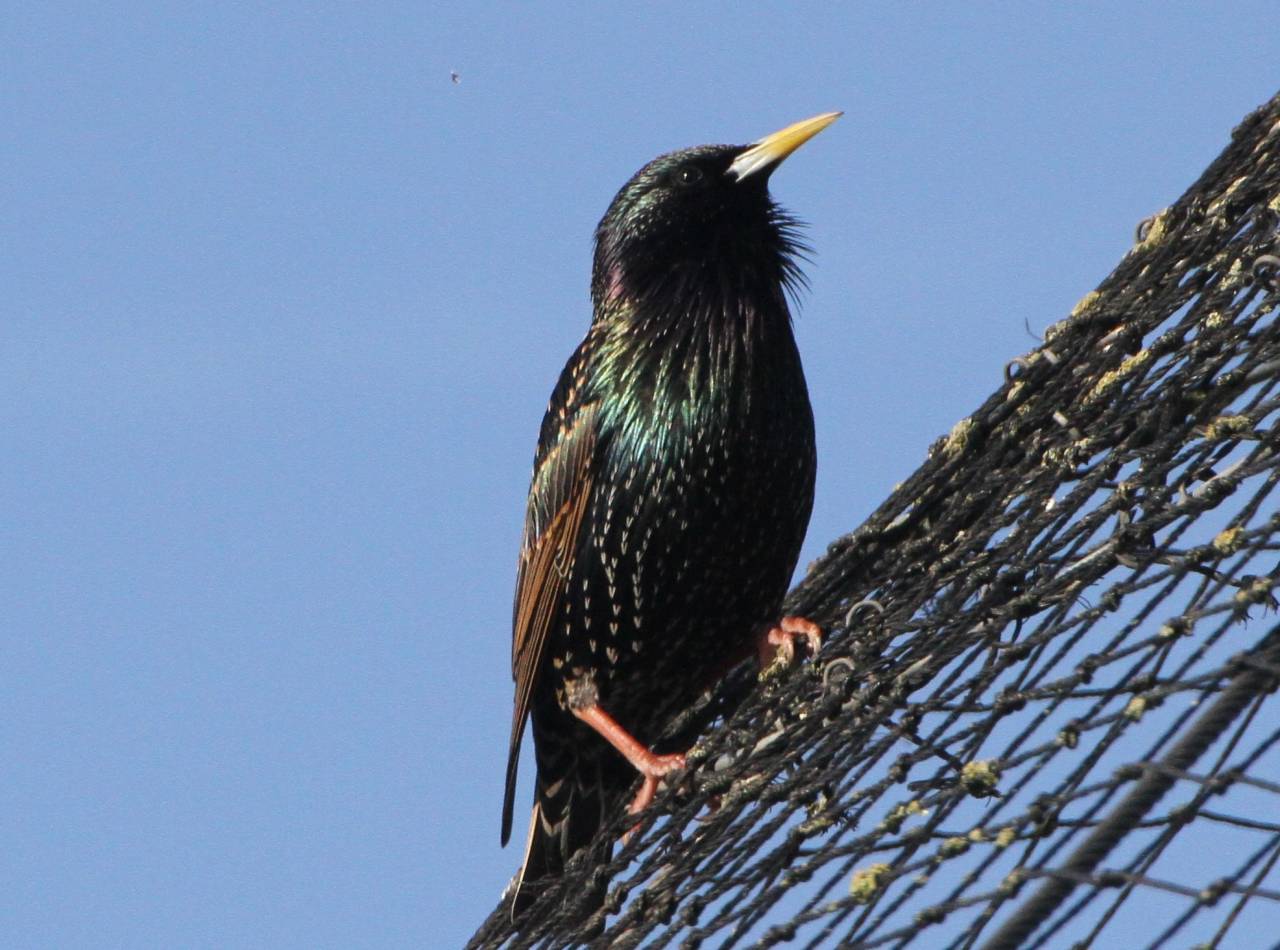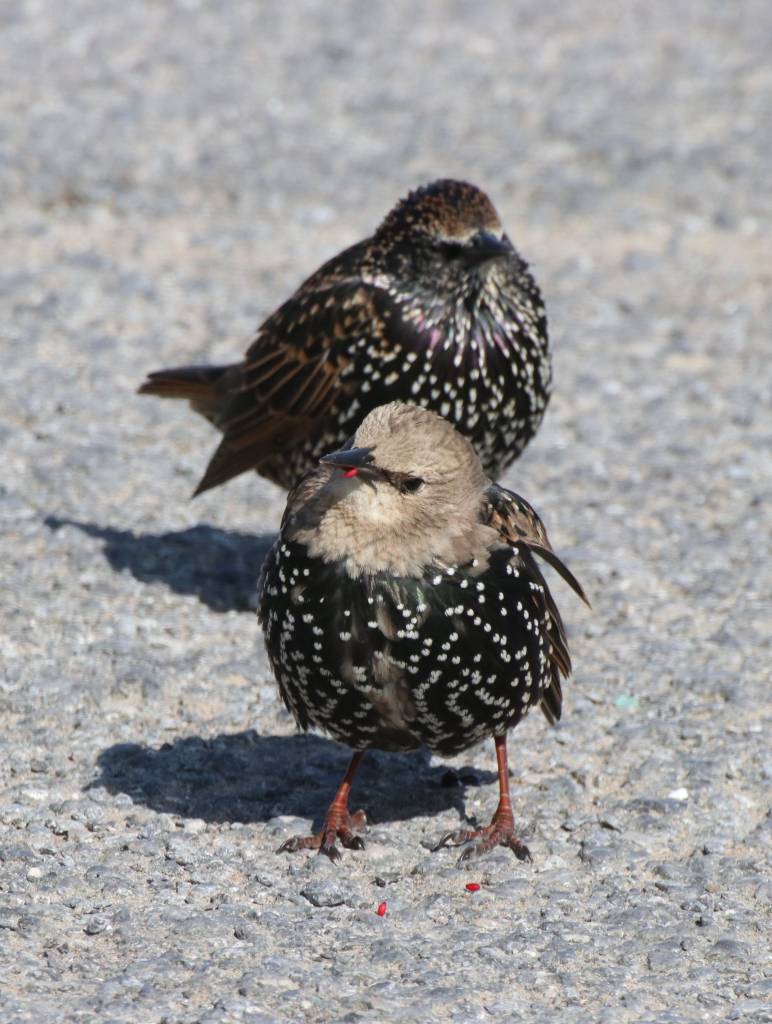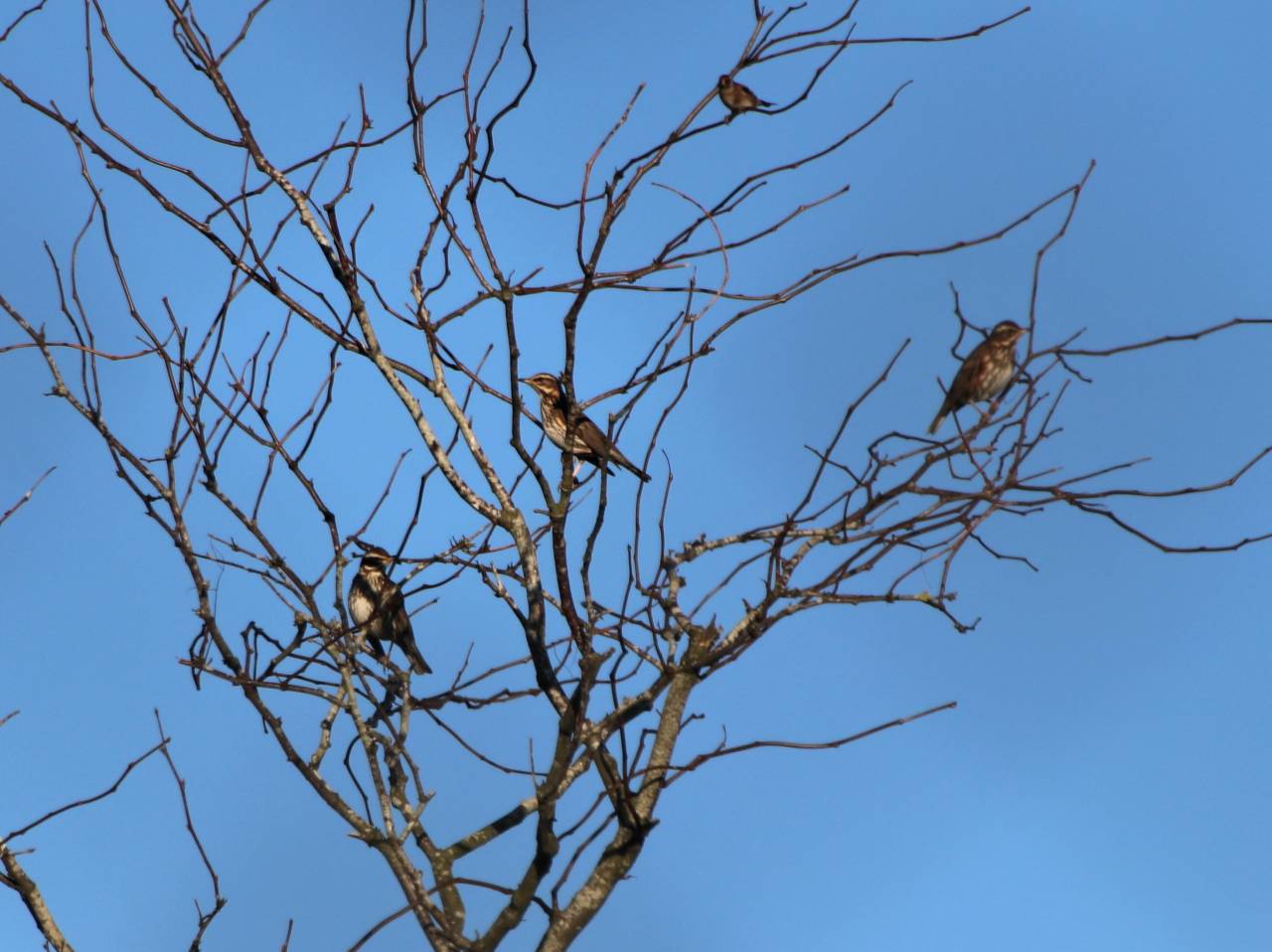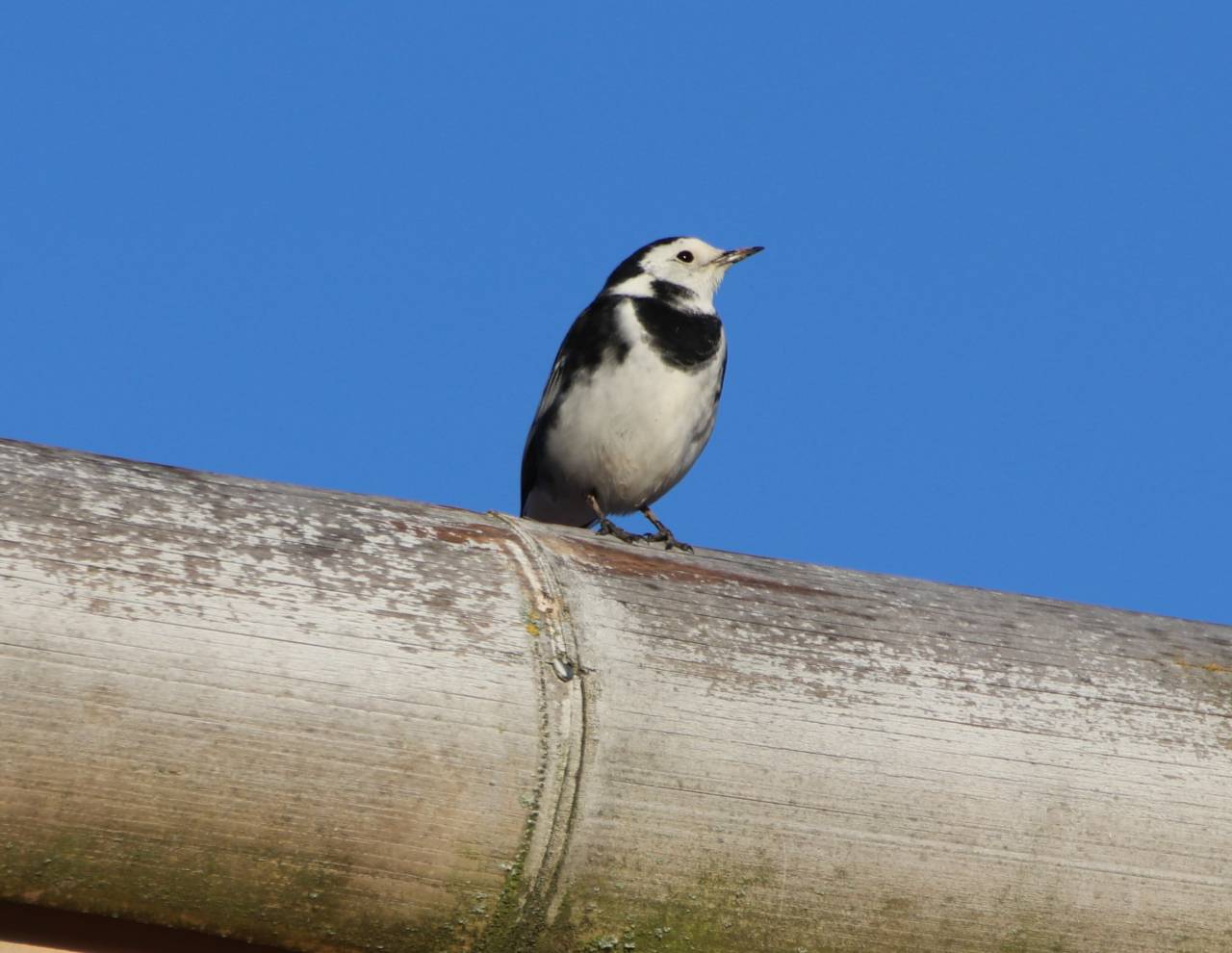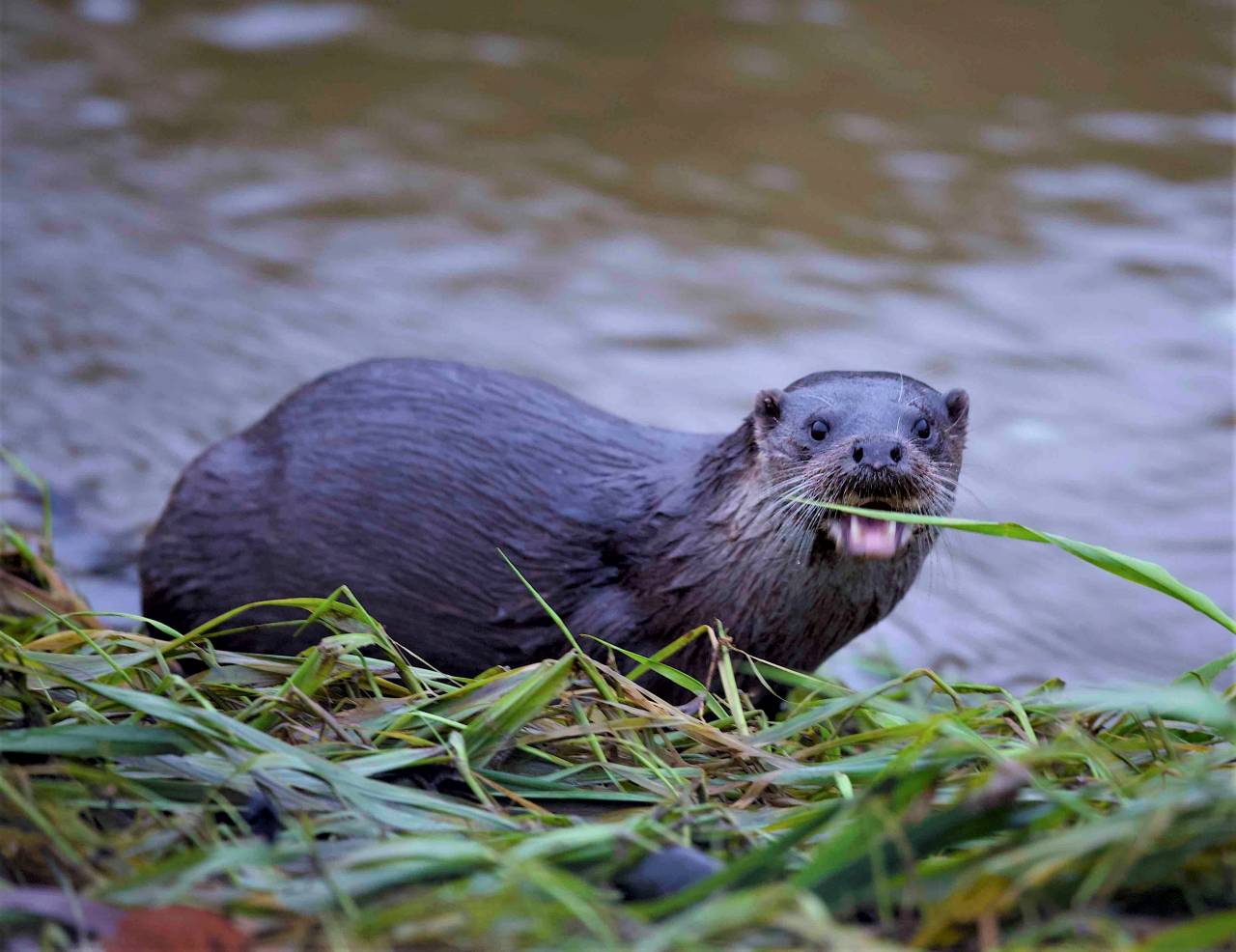WILDLIFE WATCH

DECEMBER 2019
by David Cummings
From Gulls to Otters
Black Headed Gulls
Christleton Pit has seen an influx of black headed gulls in various plumages over the last few weeks. Most are in forms of their winter plumage which means they have black spots near their eyes, and haven’t got their full black heads, so characteristic of the species. I was amazed to learn from a gull enthusiast that many of the black headed gulls that winter on the river Dee at The Groves come from Eastern Europe. Other birds to be seen at the Pit at present include a dozen wintering shoveler ducks, who can be identified by their long green bills (m) brown (f) and each pair usually swim around each other in circles whilst appearing to feed. The plumage of the male shoveler is much more defined than the male mallard, although they are similar in size. Fish eating cormorants and grey herons are seen daily whilst coots and moorhens are already starting to show signs of spring plumage.
In the churchyard
The yew trees at St James Churchyard have almost all been stripped of their berries, with birds such as the redwings, fieldfare and mistle thrush appearing to eat the stones and not the bitter red flesh. Flocks of these wintering thrushes can be seen all over the parish, especially along the canal and are even coming into gardens.
Garden Birds
We have seen far more smaller birds in the garden than usual, including most of the titmouse family, good numbers of goldfinches and starlings, with the occasional pied wagtail and long tailed tit as shown. We have always provided food for the birds visiting our garden, but in recent years but for some reason they have not touched containers of peanuts. Just recently we tried putting some out again, and now they seem very keen to help themselves, including a coal tit and a greenfinch. Out in more open countryside I have seen family parties of 50 or so long tailed tits and a similar number of chaffinches feeding in the hedgerows along Hockenhull Lane. There have been several sightings of yellowhammers on the same stretch, and up to six male chiff chaffs were heard calling on the reserve, although we have had no sightings of wintering black caps yet. Great spotted woodpeckers have been heard drumming, but for some reason not on the usual sites, and I’ve also heard at least 3 tawny owls calling in the last two weeks. There are still plenty of wild geese about, and although numbers of pink feet are down, a gaggle of 150+ Canada geese were seen feeding on stubble on the Tarvin side of the Gowy at the beginning of December.
Otters
I am also delighted to report that otters are now being seen on an almost daily basis on the stretch of the river Gowy between Hockenhull and the hidden lake at Walk Mill. Although there have been occasional daytime sightings in the past, these are becoming more frequent, and people are astonished at how close up they get. The picture of the otter illustrated was taken at 8.00am, but in the last few weeks they have been seen at any time between 7.00 - 11.30am. Special thanks to Joe O’Hanlon for permission to share his latest image with you.
-
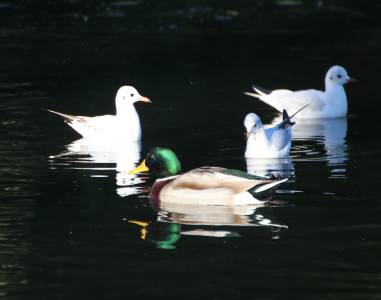
The Pit
-
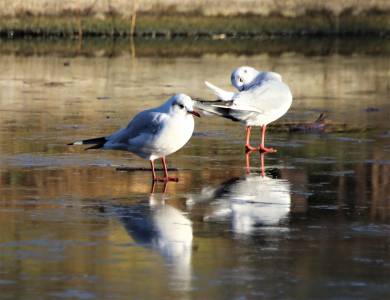
Black Headed Gulls
-
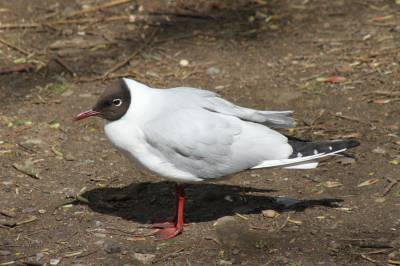
Black Headed Gull
-
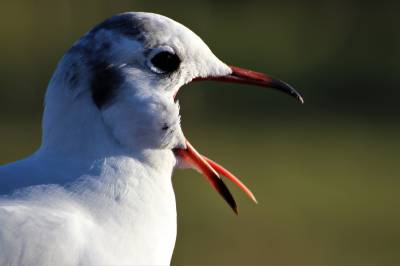
Close up of the Black Headed Gull
-
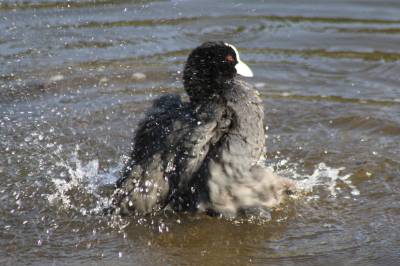
Coot bathing
-
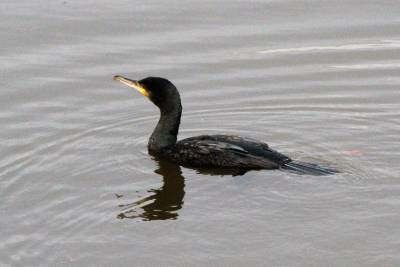
Cormorant
-
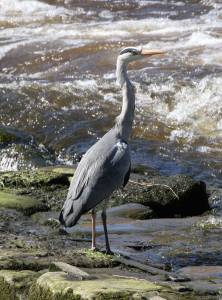
Grey Heron
-
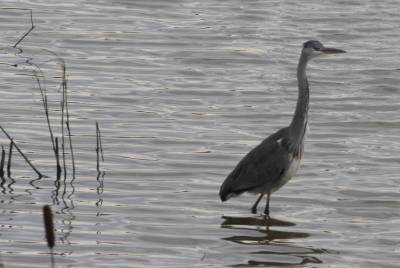
Greay Heron wading
-
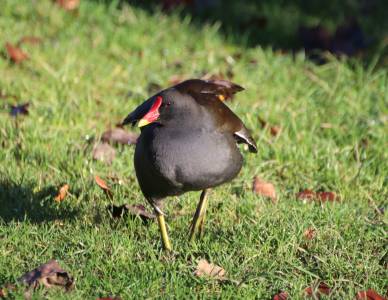
Moorhen
-
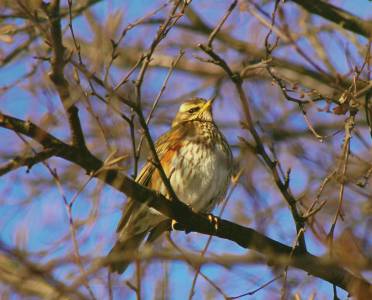
Redwing
-
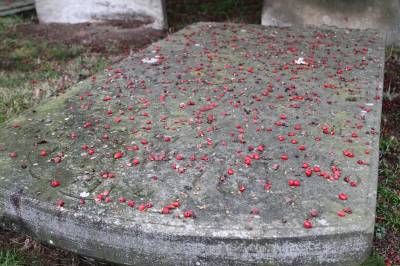
Yew Berries
-
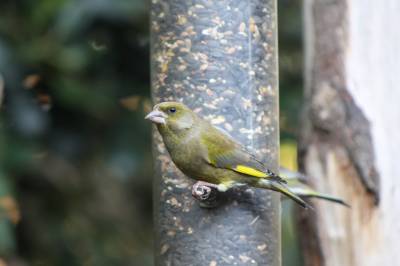
Greenfinch
-
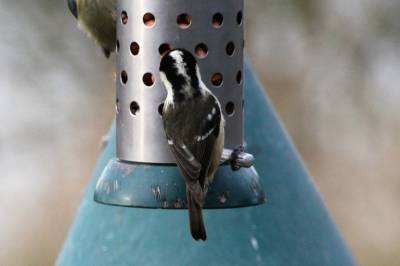
Coal Tit
-
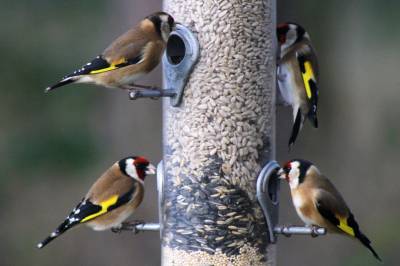
Goldfinches
-
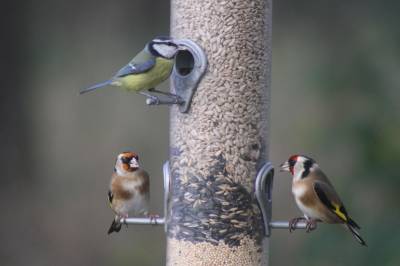
Feeding Station
-
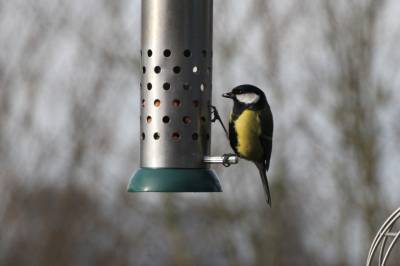
Great Tit
-
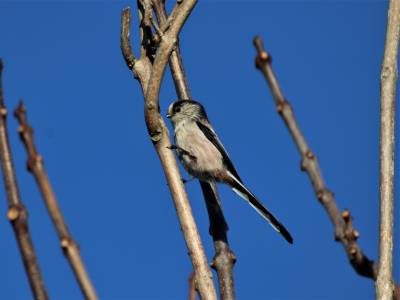
Long Tailed Tit
-
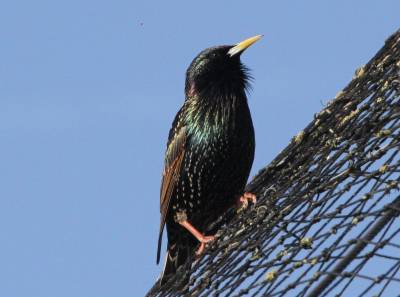
Starling
-
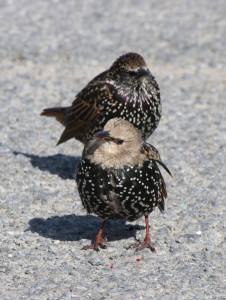
Starlings
-
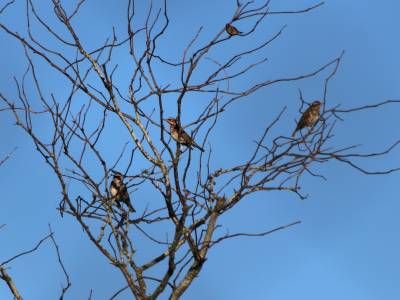
Redwing in the trees
-
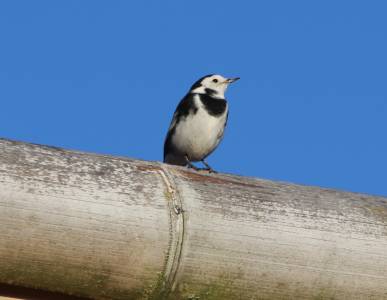
Pied Wagtail
-
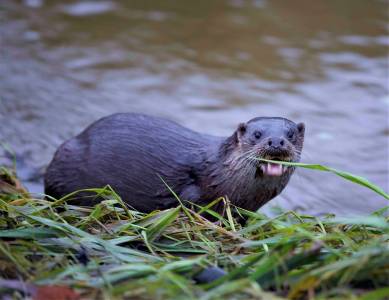
Otter

